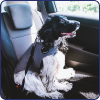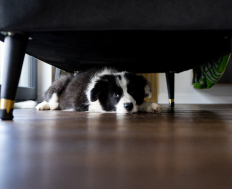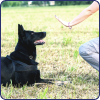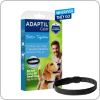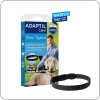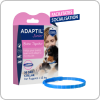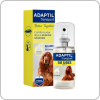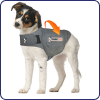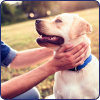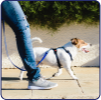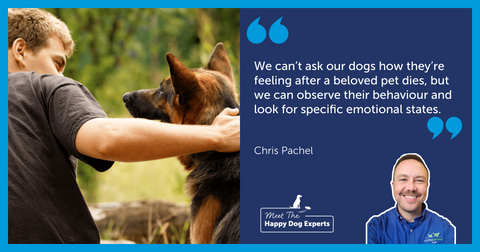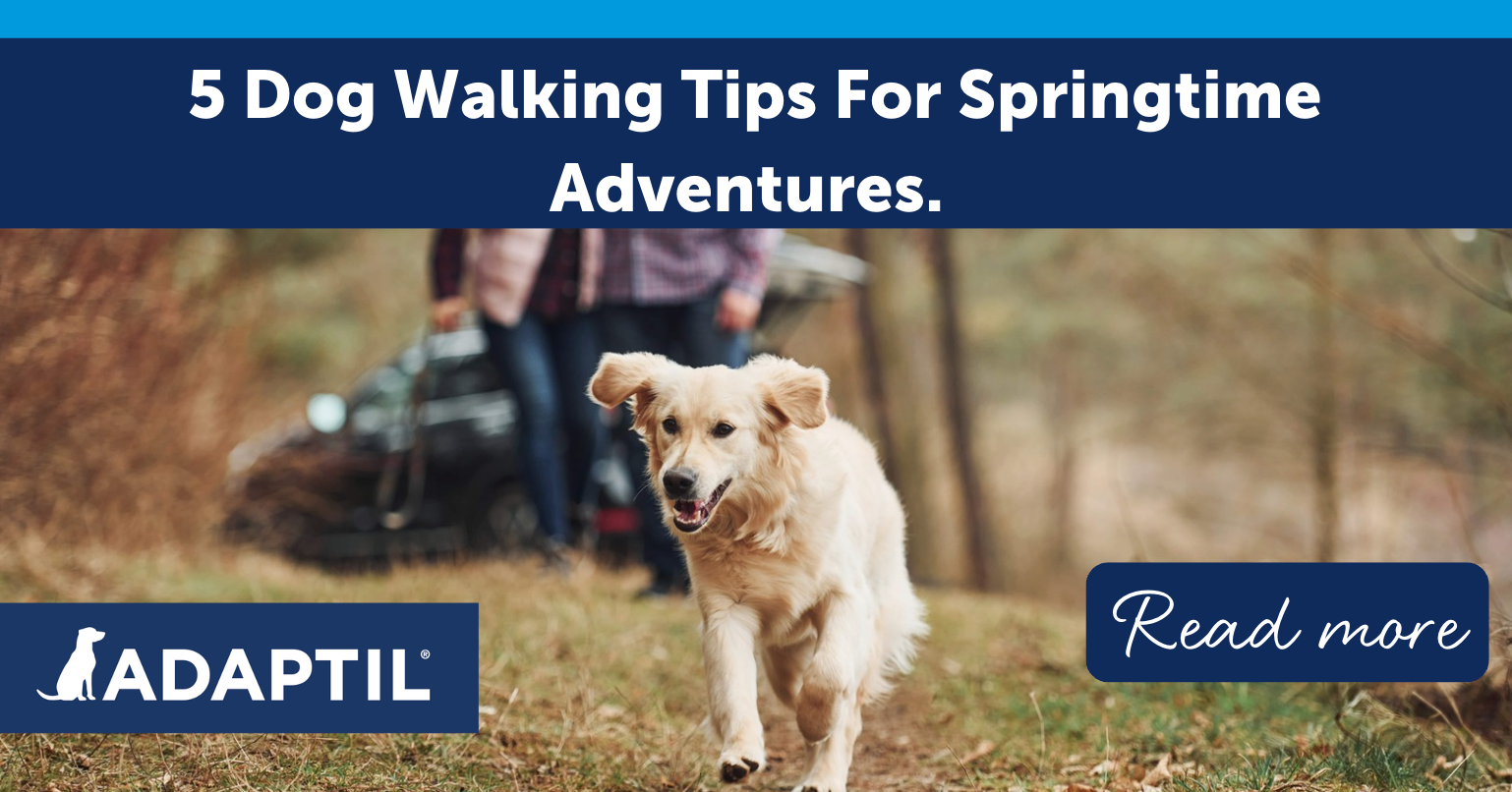
5 Dog Walking Tips For Springtime Adventures!
By Jimmy Bratley
BSc BVetMedSci BVMBVS MRCVS - Veterinary Advisor
Springtime walks are particularly appealing; daylight hours are getting longer, the sun is beginning to radiate some warmth and there are signs of new life all around us – trees coming into bud, birds beginning to nest and plants pushing their shoots up through the soil.
Dogs love to have a walk at any time of the year, but different seasons bring different challenges for dog walking, which dog owners need to be aware of. Read on for our top 5 dog walking tips for springtime adventures!
 1. Be prepared
1. Be prepared
Weather conditions can change quickly in springtime. The sun may be shining when you set out for your walk, but it could rain fast! So, you should be prepared. Wear layers of clothing for yourself and your dog – you can always discard a layer if necessary. Keep an eye on your dog’s temperature; wearing a doggie rain coat may be a good idea when you start out, but make sure they don’t overheat when they run around.
2. Slowly but surely
You may have taken shorter walks during winter months because of colder temperatures, inclement weather and shorter daylight hours. This could mean that you and your dog may now have to build up your fitness levels, so consider increasing the length of your walk gradually and don’t walk too far too soon.
If you give your dog freedom to run in the park, control their sprint time if possible and only allow them to run in short bursts. Good training will allow your dog to return when called so they can have a short rest to build up their stamina again.
3. Consider what’s underfoot
Early mornings in the spring can be dewy, making some surfaces a little slippery or muddy. If you’ve had a recent spell of cold or snowy weather, road surfaces may have been treated with salt or sand. You should wear suitable boots or wellies to protect your feet; for your pooch, consider:
- Training your dog to let you touch his paws so that they allow you to clean them when you get home. Using an ADAPTIL Calm On-the-Go collar can help your dog stay calm in situations where they may feel anxious. Not all dogs like to be washed!
- Making a wash station (with a gentle solution like Douxo S3) ready for your return home with old towels on hand for drying. If your dog has a long hair coat, you may want to have a hairdryer handy!
- Having some doggie cleaning wipes in the car to help get excess mud off before you bring them home.
- A dog’s paws can take quite a beating when running around on all surfaces, and they may need help to keep them healthy; check them regularly for signs of dryness or cracks and moisturise them if required.
- Remember that dogs like to clean their paws by licking them, but if you think this is becoming excessive, you should get them checked by a vet.
4. Be aware of your surroundings
Springtime brings new, fresh smells that your pooch will want to explore, so be prepared to allow them to do this, but always keep an eye open for nesting birds, livestock that may be grazing, joggers, horse riders or any noise or sound that they won’t have heard for a while.
Your dog might be so excited to be revisiting their favourite haunts, they may forget their manners and become over-exuberant, start barking or even chase. Consider keeping them on a lead while allowing them to explore safely – and always reward them for good behaviour!
Remember that there are certain plants and bulbs that are harmful to dogs if ingested, so keep a watchful eye out for your dog if they have been around daffodils, bluebells and hyacinth bulbs. If they show any signs of diarrhoea, stomach pains or vomiting, get them checked by a vet immediately.
Springtime also brings out the gardeners who will be anxious to prepare their garden for the year ahead. At this time of year, some gardeners will use weedkillers or slug pellets to keep their lawn looking pristine or protect their tender plants. However, both of these can be toxic to dogs, so it is advisable to keep your dog on a lead when walking by private gardens – not only will it prevent your pooch from ingesting harmful pesticides, it will keep the gardeners happy too!
5. Prevent ticks
Ticks can be found throughout the year, but are commonly more active in open (as well as woodland and urban) areas in spring and autumn. Ticks can be dangerous for any age or breed of dog, so try to protect your dog from ticks by using spot-ons and sprays, or a collar that is impregnated with substances that will kill ticks when they first attempt to feed off your dog.
However, if you do spot a tick, it’s important that you resist the urge to pull it off. Ticks always need to be removed slowly and carefully, otherwise embedded mouthparts can be left behind. If you are in any doubt, always have your dog checked by the vet.
Walking through woods, in a park, or on a beach are all wonderful adventures for your dog – particularly in the spring when signs of new life are emerging around you and there’s so much to explore. Being prepared for all eventualities is key!
Are you looking for more advice on caring for your dog or searching for ideas when taking dogs on grand days out? Don’t hesitate to get in touch! We love hearing all about your doggy adventures and enjoy sharing all the tips we can. And while we’re at it, you can also stay informed with our latest tips, guides, and product information by signing up to our newsletter.
